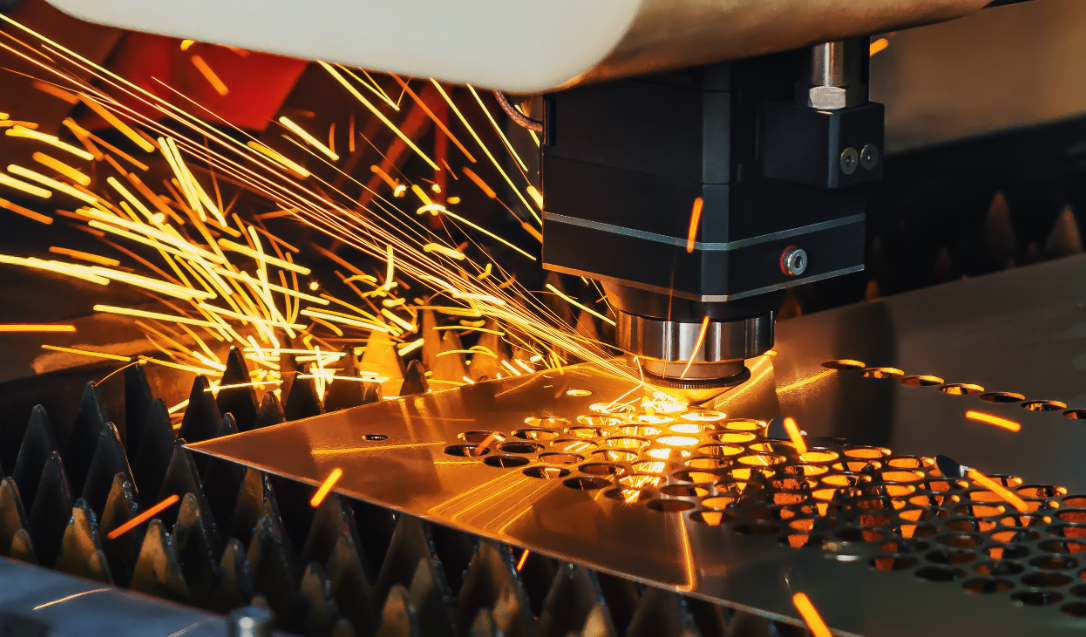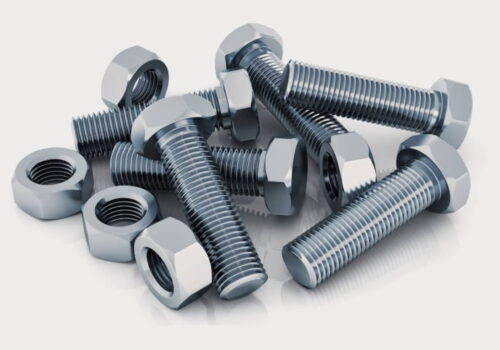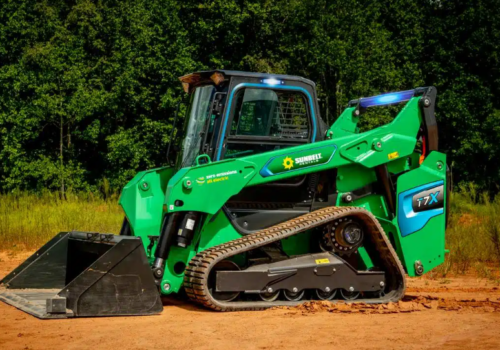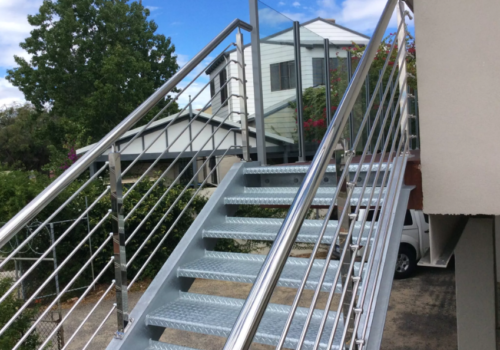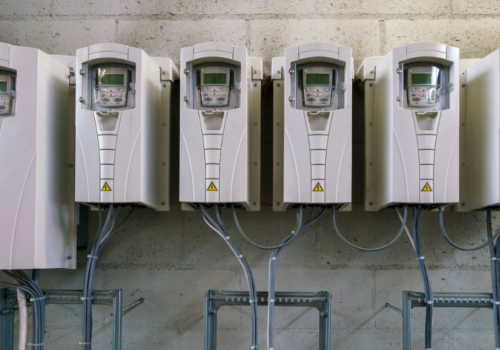Unveiling Precision: Benefits of Laser Profiling in Industrial Applications
In the ever-evolving landscape of industrial technology, one innovation stands out, revolutionizing the way manufacturers approach precision and accuracy – Laser Profiling. This cutting-edge technique has become indispensable in a myriad of industrial applications, offering a host of benefits that redefine production efficiency.
Enhanced Precision and Accuracy
At the core of Laser Profiling lies its ability to deliver unparalleled precision and accuracy. The laser technology employed enables the creation of intricate designs with microscopic details. This level of precision is especially crucial in industries where the margin for error is minimal, such as aerospace and automotive manufacturing. Engineers can now achieve higher tolerances, ensuring that every component meets the most stringent quality standards.
Time-Efficient Production Processes
Traditionally, manufacturing intricate components involved time-consuming processes that could lead to delays and increased production costs. Laser Profiling streamlines these processes, significantly reducing the time required for production. The high-speed lasers can swiftly cut or shape materials, accelerating the overall manufacturing timeline. This not only improves efficiency but also allows industries to meet tight deadlines without compromising on quality.
Cost-Effective Solutions
Implementing Laser Profiling in industrial applications often translates to cost-effective solutions. The precision offered by lasers minimizes material wastage, optimizing resource utilization. Additionally, the efficiency gains in production processes lead to reduced labour costs and enhanced overall cost-effectiveness. As industries strive to remain competitive in a global market, the economic advantages offered by Laser Profiling become a compelling proposition.
Versatility in Material Processing
One of the standout features of Laser Profiling is its versatility in material processing. Whether it’s metal, plastic, or composite materials, lasers can seamlessly cut through or shape a wide range of substances. This versatility opens up new possibilities for innovation and allows manufacturers to explore diverse materials in their quest for improved products.
Environmental Friendliness
In an era where sustainable practices are gaining prominence, Laser Profiling emerges as an environmentally friendly solution. The precision of lasers minimizes material wastage, contributing to reduced environmental impact. Additionally, the energy-efficient nature of laser technology aligns with the growing emphasis on sustainable manufacturing practices.
Conclusion
In conclusion, the advent of Laser Profiling marks a pivotal moment in the industrial landscape. Its ability to enhance precision, streamline production processes, offer cost-effective solutions, work across various materials, and contribute to environmental sustainability makes it a game-changer. As industries continue to seek innovative solutions, Laser Profiling stands at the forefront, shaping the future of manufacturing.

